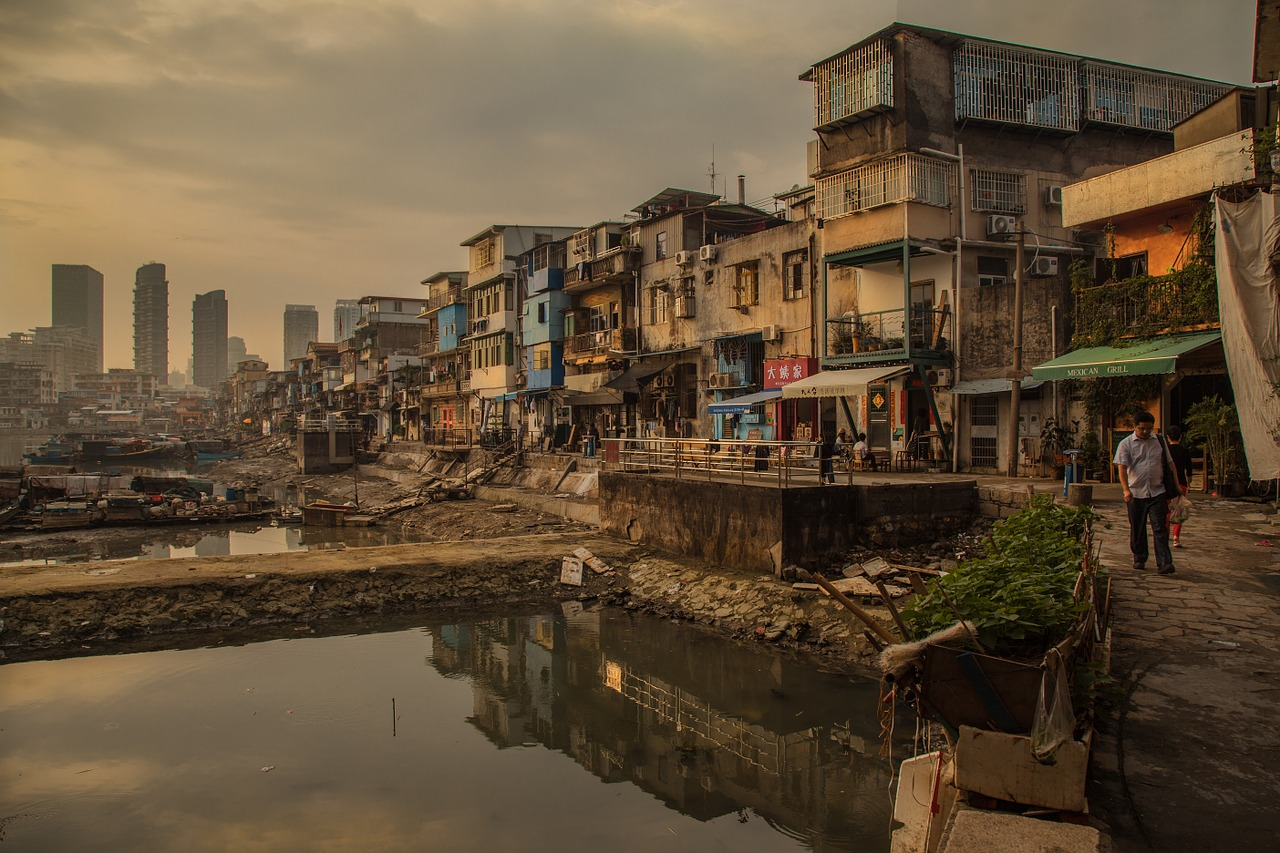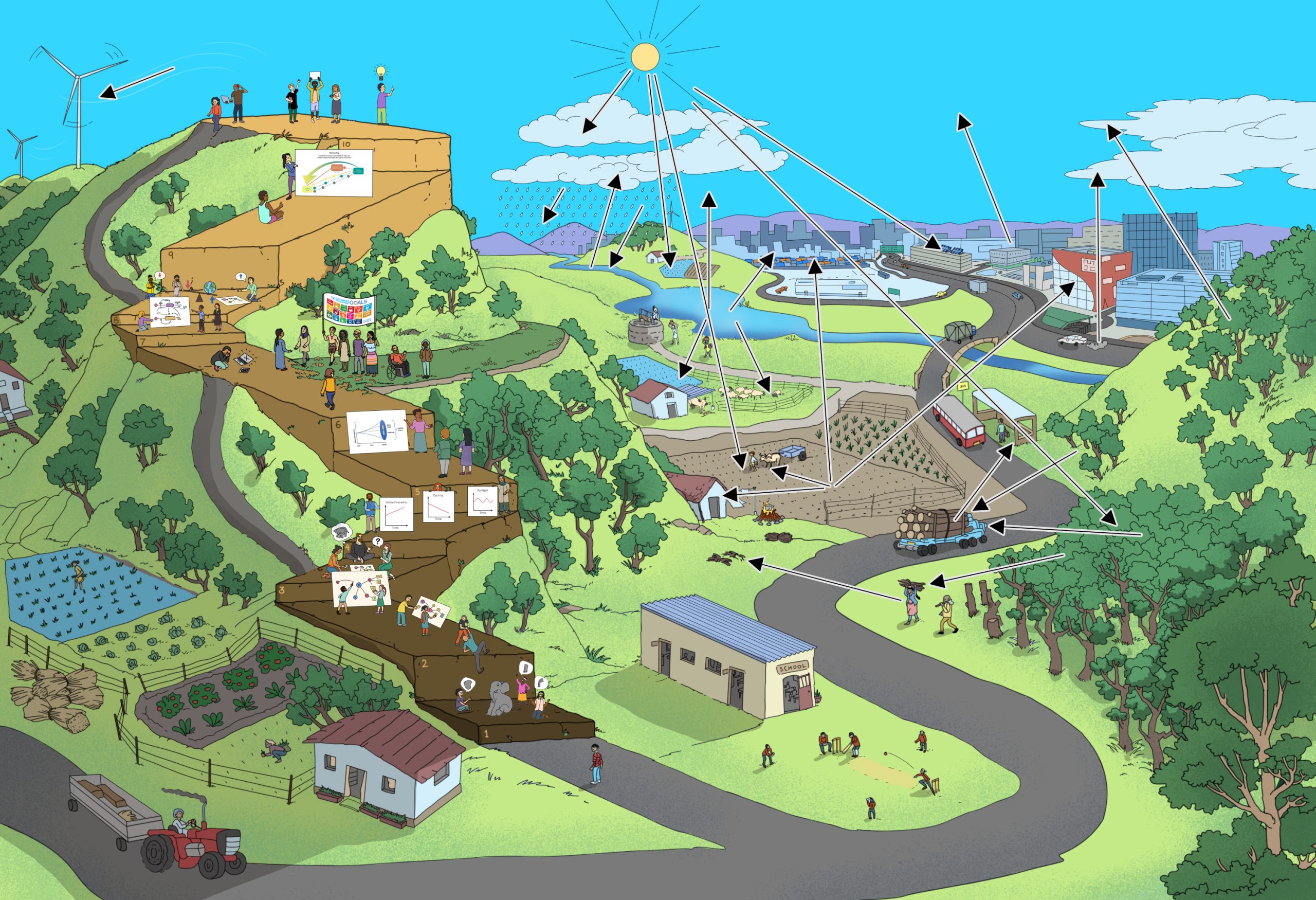Resources
What is Education for Sustainable Development (ESD)?
Thomas Hoffmann and Hannes Siege
After the “2030 Agenda for Sustainable Development” with the 17 Sustainable Development Goals (SDGs) have become the global consensus in 2015, their implementation poses the question which role education plays in achieving those goals. Since education obviously covers content of all SDGs and provides for skills and competencies, necessary to deal with the challenges of a sustainable future, a very basic question has to be answered clearly to proceed: What is Education for Sustainable Development?
To understand, what “Education for Sustainable Development” means, it is worth to reflect on the expression from the meaning of its single components. Following this approach, “education” is obviously an instrument or a means to support or strengthen the process of “sustainable development”. This process has obviously an intended aim, which is “sustainability”. Based on these reflections we can conclude: To get an idea about and understand what “Education for Sustainable Development” means, we first need to understand what “Sustainable Development” means. And this again requires clarity about the term “sustainable” or “sustainability”. Therefore our explanation of what ESD is starts with the question, what sustainable resp. sustainability means.
In the European context the idea of sustainability came up in the beginning of the 18th century in the context of forestry and mining, when Hans Carl von Carlowitz gained the insight that there will always be enough wood as long as you do not cut more than in the same time will grow.
Actually Carlowitz did not use the term sustainability, but sustainable use (in German: “nachhaltende Nutzung”).
The extension of this basic idea to all fields of human activities was made much later by the Brundtland-Commission in preparation of “The United Nations Conference on Environment and Development (UNCED)”, the “World Summit”, in Rio de Janeiro in 1992.
Though they did not define what their understanding of sustainability as a description of a particular status would mean, they offered a clear definition of what the process of sustainable development should be.
This definition is still valid in the sense that the international debate on the Agenda 2030 and the Sustainable Development Goals does not provide a new definition of sustainability or sustainable development, but refers to the UNCED (Rio) definition of the three dimensions of sustainable development. “We are committed to achieving sustainable development in its three dimensions – economic, social and environmental – in a balanced and integrated manner” (UN, General Assembly, 2015, Transforming our world: the 2030 Agenda for Sustainable Development). For the “2030 Agenda” sustainable development is the sum of achieving the 17 SDGs and 169 targets, measured by a set of globally agreed indicators. If these targets are reached, then sustainable development happens and the prospects of sustaining life on the planet are good.
Whereas Carlowitz’s definition of sustainable use of wood is measurable, the different models of sustainability as above do not easily offer a definition of sustainability in a measurable sense. Neither the sustainability triangle nor the quadrangle, which supplements the dimensions “ecology”, “social” and “economy” with the dimension “good governance” or/and “culture” achieves that.
Such models rather demonstrate the political will to recognize the developmental needs in particular of the developing world alongside the environmental capacity and thus, if not underpinned by measurable targets and indicators, allow for each and every interpretation. Guided by which interest ever you will find your point of view covered by those models: all dimensions are equal and equivalent and the shape of both forms is interpretable.
Though the guide rail model of sustainability shows the subordination of the economic dynamic under the dimensions of social development and ecological capacity, it also does not explain in a measurable sense what sustainability means.

According to the above mentioned Brundtland Commission and their final document “Our common future” “sustainable development is a process of change in which the exploitation of resources, the direction of investments, the orientation of technological development and institutional change are all in harmony and enhance both current and future potential to meet human needs and aspirations.” (Brundtland-Report, p. 43). This basic contribution to the subsequent global discussion reveals that the term development has often been associated exclusively with economic growth. But based on the above modelling of sustainability, the explanation of what sustainable development means is quite simple: sustainable development describes the process of individuals and/or social groups to achieve sustainability. Or, to use the same metaphor in the context of the interplay of HDI and ecologic footprint, sustainable development is the path leading into the green corner of the model – from where ever an individual, social group or whole nation started.

That means, that sustainable development for most of the African and Asian countries first of all means the increase and improvement of their HDI by simultaneously keeping a low ecological footprint, while for the majority of the “Western World” sustainable development means the decrease of their ecological footprint and simultaneously keeping their high standard of living measured as HDI. For a third group of nations – mainly emerging countries – sustainable development means a more or less parallel increase of their HDI and simultaneously a decrease of their ecological footprint
And accordingly in the more comprehensive model of the “Oxfam Doughnut” sustainable development means reaching “the safe and just space for humanity” by decreasing the negative impact on those relevant factors which ensure the resilience of the earth system and simultaneously decrease the ”short falls of the life’s basics” of human societies all over the world

Picking up the initial thought, that education is an instrument to support the sustainable development process, we can generally state, that ESD covers all kinds of educational concepts, steps and processes, which are suitable to foster the individual and/or collective contribution towards sustainable development. And using the same metaphor, ESD supports the specific way into the green corner of the HDI and footprint model, or supports pathways to achieve the just and safe space for humanity of the “Doughnut”.
ESD generally focusses on the development and strengthening of individual competencies, enabling the individual to contribute to and participate in sustainable development processes of various kinds and dimensions. From that definition it is obvious that all types of competencies and skills including basic competencies such as reading, writing, numeracy are included. Higher level competencies such as creativity, solution oriented thinking and actionability are fundamental for ESD, since without them it would not be possible to find ways, concepts, techniques, which make us succeed to reach the space of sustainability. After more than two decades of intense discussions on this issue, it seems that an international consensus could be reached with the following set of eight competencies published by UNESCO in 2017:
Systems thinking competency : The abilities to recognize and understand relationships; to analyze complex systems; to think of how systems are embedded within different domains and different scales; and to deal with uncertainty
Anticipatory competency: The abilities to understand and evaluate multiple futures – possible, probable and desirable; to create one’s own visions for the future; to apply the precautionary principle; to assess the consequences of actions; and to deal with risks and changes.
Normative competency : The abilities to understand and reflect on the norms and values that underlie one’s actions; and to negotiate sustainability values, principles, goals, and targets, in a context of conflicts of interests and trade-offs, uncertain knowledge and contradictions.
Strategic competency : The abilities to collectively develop and implement innovative actions that further sustainability at the local level and further afield.
Collaboration competency : The abilities to learn from others; to understand and respect the needs, perspectives and actions of others (empathy); to understand, relate to and be sensitive to others (empathic leadership); to deal with conflicts in a group; and to facilitate collaborative and participatory problem solving.
Critical thinking competency : The ability to question norms, practices and opinions; to reflect on own one’s values, perceptions and actions; and to take a position in the sustainability discourse.
Self-awareness competency: The ability to reflect on one’s own role in the local community and (global) society; to continually evaluate and further motivate one’s actions; and to deal with one’s feelings and desires.
Integrated problem-solving competency: The overarching ability to apply different problem-solving frameworks to complex sustainability problems and develop viable, inclusive and equitable solution options that promote sustainable development, integrating the abovementioned competences. UNESCO: Education for Sustainable Development Goals Learning Objectives. Paris 2017, p. 10
Like the basic competencies reading, writing, numeracy most of these competencies are necessary prerequisites for learners to find sustainable solutions, but are not sufficient to achieve them. For that one needs to learn about sustainability and sustainable development as content or topics. Referring to the above models of sustainability, it becomes evident that the range of content reaches from economic via social to ecological aspects, which are usually interconnected, often interdependent. The “Curriculum Framework ESD” listed the impressive total of 21 thematic areas such as diversity of values, cultures and living conditions, globalization of religious and ethical guiding principles, food and agriculture, health, education, protection and use of natural resources and generation of energy, global environmental change, poverty and social security or global governance just to mention a few.
However, in the education process, specifically in school education, ESD cannot prescribe specific solutions to sustainability problems or promote certain actions. Instead it is directed towards promoting self-determined decision making of learners. Against this background UNECE defines: “Education for Sustainable Development (ESD) promotes sustainable thinking and acting. It enables children and adults to make decisions and at the same time understand how those decisions affect future generations and the life of others.”
To come back to the recent process of realizing the “2030 Agenda” and especially SDG 4, which asks for “Ensure inclusive and equitable quality education and promote lifelong learning opportunities for all”, it is essential to refer to the detailed prescription of the targets and indicators, especially of SDG 4.7 which reads: “by 2030 ensure all learners acquire knowledge and skills needed to promote sustainable development, including among others through education for sustainable development and sustainable lifestyles, human rights, gender equality, promotion of a culture of peace and non-violence, global citizenship, and appreciation of cultural diversity and of culture’s contribution to sustainable development.” The global indicator calls for ESD and GCED to be mainstreamed in curricula, teacher education, assessment and education policy. According to the “Global Monitoring Report” 2016 (UNESCO) the global indicator reflects the fact that the international community has recognised the importance of monitoring the content of education, which means that teaching about sustainability is at the heart of ESD
Raworth, Kate (2017): Doughnut Economics: Seven Ways to Think Like a 21st-Century Economist. London
Global Footprint Network (2016): Ecological Footprint per Person and HDI of Nations with SDGI Ranking. License: CC BY-SA 4.0. http://www.footprintnetwork.org/content/images/efhdisdgi.jpg
Schreiber, Jörg-Robert and Hannes Siege (eds) (2016): Curriculum Framework Education for Sustainable Development. Bonn
UNECE
United Nations Economic Commission for Europe (UNECE). 2012. Learning for the Future: Competences in Education
for Sustainable Development.
http://www.unece.org/fileadmin/DAM/env/esd/ESD_Publications/Competences_Publication.pdf
UNESCO (ed) (2016): Global Monitoring Report
UNESCO (ed.) (2017): Education for Sustainable Development Goals Learning Objectives. Paris
United Nations (1987): Report of the World Commission on Environment and Development
Our Common Future (Brundtland Report). New York
United Nations (ed) (2015): 2030 Agenda for Sustainable Development. New York
| SDG-Analysis matrix | |||
| SDG | Elements from your vision that contribute to the SDG | Elements from your vision that are counterproductive to the SDG | Make a note of any elements from your vision that contribute to one SDG but pose a problem for another SDG |
 |
Increasing global markets for potato chips might generate incomes among the poor farmer communities | Worldwide increase of snack consumption may increase health problems | |
 |
Increase of potatoes as steady food will contribute to world food security | ||
 |
processing of potatoes as unhealthy snacks will increase diseases in human society | ||
 |
Nutrition labelling helps the consumer to make inform decisions towards healthy food consumption | ||
 |
|||
 |
Increased cultivation of potatoes to match the demand may cause water shortage in high production countries or regions | ||
 |
|||
 |
Better working conditions and fair wages contribute to better living standards of farmers and labourers in the farming industry | Regionalisation in production might cause poverty in countries, which were former lead countries for exporting potatoes | |
 |
|||
 |
|||
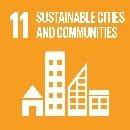 |
|||
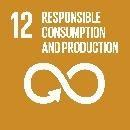 |
|||
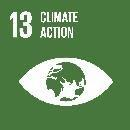 |
Increasing potato production and packaging for snacking industries cause environmental problems, such as waste increase. The recycling of the package will cause CO2 emissions | Increasing monoculture development might lead to intensive use of soil and land. | |
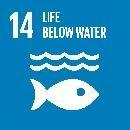 |
More packaging waste will end up in the ocean | ||
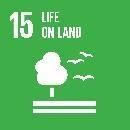 |
|||
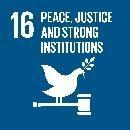 |
|||
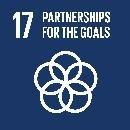 |
|||



